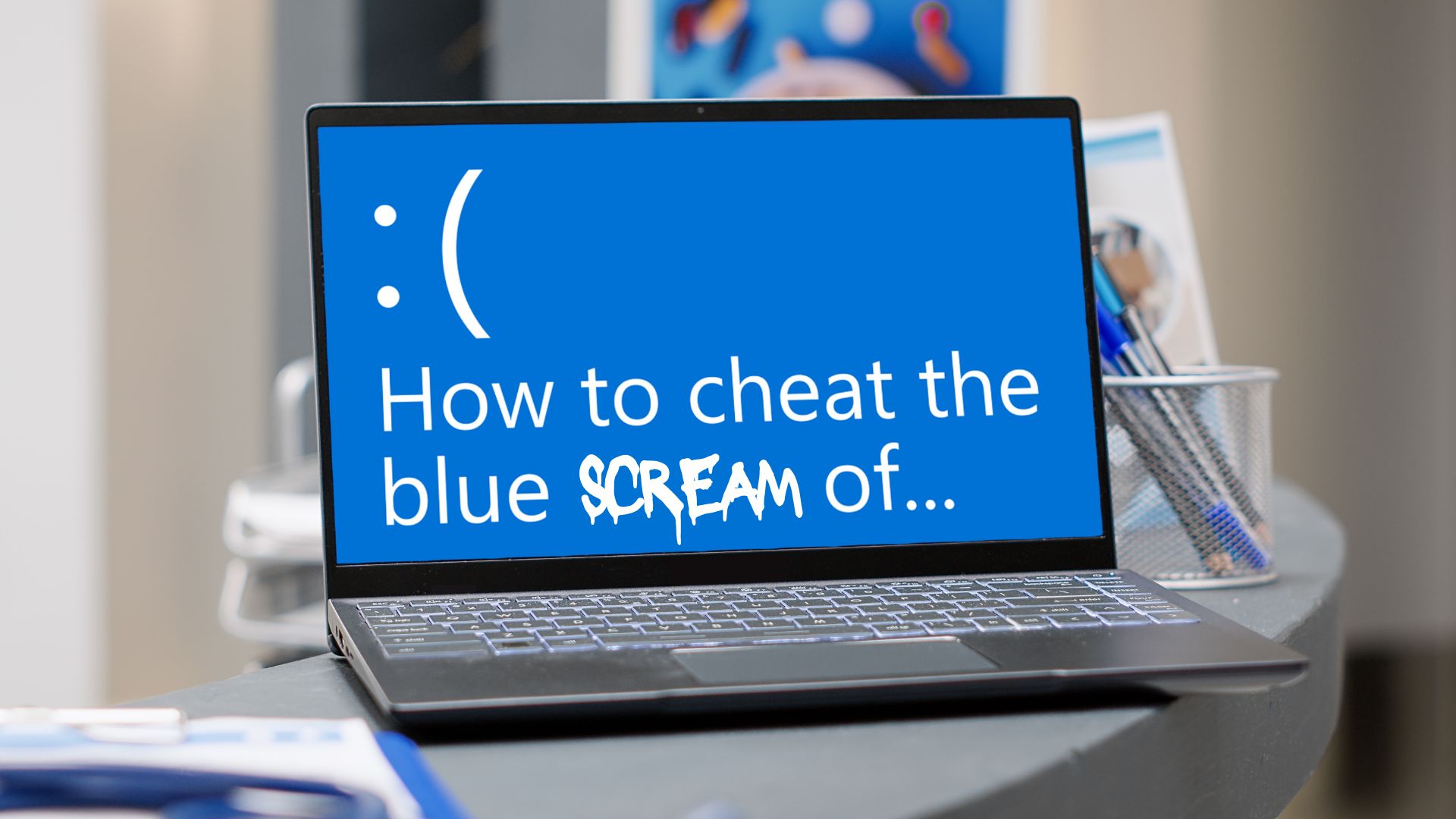
What File Types Should Not Be Shared Via Email
Modern Small Business Owner In Melbourne Needs Technology to Work For Them And Not The Other Way Around.
You’re confident in your work, but days go by with no reply. You start to wonder, was it something you said? What if the problem isn’t your pitch, but your email itself?
For many Australian business owners, email is the lifeblood of communication.
It’s how we connect, collaborate, and close deals. But there’s a hidden pitfall that many of us overlook: the humble file attachment.
In this modern day and age, attaching files directly to your emails is not just outdated; it can be a minefield of security risks and delivery failures.
The truth is, the way we share files has evolved.
The old method of "attach and send" is being replaced by a smarter, more secure approach: cloud-based file sharing.
This article will guide you, as an Aussie business owner, through the why, what, and how of modern file sharing, helping you protect your business, improve your efficiency, and ensure your important messages always get through.
Why Your Email Attachments Are A Security Risk For Business Owners
Thinking of an email attachment as a simple digital paperclip is a dangerous misconception.
In reality, it’s more like an unlocked gate to your business's most valuable assets.
Here’s why you need to be cautious.
Malware and Phishing Attacks For Small Business Owners In Melbourne
Hackers are opportunistic, and they know that many businesses are still using outdated email practices.
They craft emails that look legitimate, often impersonating a trusted source, and attach files with seemingly harmless names.
But hidden within these files can be malware, viruses, or ransomware that, once opened, can infect your entire network.
Think of it like this: you wouldn't leave the front door of your office unlocked overnight.
Sending and receiving certain types of email attachments is the digital equivalent.
The most common culprits are executable files (.exe), but even seemingly innocent files like Word documents or PDFs can contain malicious macros.
The consequences can be devastating for a small or medium-sized Australian business, leading to data breaches, significant financial loss, and irreparable damage to your hard-earned reputation.
Why Do Emails Get Blocked By Spam Filters
Even if an attachment is perfectly safe, there’s no guarantee it will ever reach its destination.
To protect their users, email clients like Microsoft Outlook and Google Workspace have powerful built-in filters that automatically block certain file types.
These are the digital "gatekeepers," and they are becoming increasingly strict.
So, while your email system might allow you to send a particular file, the recipient's system can, and often will, block it without notifying you.
It's like sending a package through Australia Post with prohibited items inside – it's not going to get through, and you'll be left wondering why it never arrived.
This can lead to missed opportunities, project delays, and a breakdown in communication with your clients and team.
What Are The File Size Limits When Sending Emails Within Your Business

Beyond the security risks, there's a more common and frustrating issue: file size limits.
Have you ever tried to email a large presentation or a high-resolution image, only to be met with a "file size exceeds the limit" error?
Understanding Email File Size Restrictions
Every email service provider imposes a limit on the size of attachments you can send.
These limits are in place to prevent their servers from being overloaded with massive files. Here’s a general guide for the most common services used by Australian businesses:
- Microsoft 365 (Outlook): 25-30MB
- Google Workspace (Gmail): 25MB
- Other providers: Typically range from 10MB to 25MB
These limits can be a major roadblock when you’re trying to send common business files like:
- High-resolution images for a marketing campaign
- Architectural plans or detailed reports in PDF format
- Video files for a new advertisement or social media content
Why Zipping Files As An Email Attachment Is Not A Good Idea
A common workaround for file size limits is to compress files into a .zip folder.
While this can sometimes be effective for a group of small documents, it’s not a reliable solution. Here’s why:
- It doesn’t solve the security issue. Many email filters are now smart enough to block .zip files, as they are a common way to hide malware.
- It’s inconvenient for the recipient. Not everyone is tech-savvy. Your client might not know how to "unzip" a folder, creating an unnecessary barrier to communication.
- It’s often ineffective for large media files. Zipping a large video or high-resolution image file usually doesn't reduce its size enough to get past the email attachment limits.
Cloud-Based File Sharing For Small Business Owners In Melbourne
So, if attaching files to emails is risky and unreliable, what’s the alternative?
The answer is to shift your mindset from "attaching" to "sharing." Cloud-based file sharing platforms are the modern, secure, and efficient way to send files of any type and size.
Why Is OneDrive Your Business's Digital Cabinet
If your business uses Microsoft 365, you already have access to one of the best cloud-sharing tools available: OneDrive.
Think of OneDrive as your business's secure, digital filing cabinet in the cloud. Instead of attaching a file to an email, you simply upload it to your OneDrive and share a secure link.
Here are the key benefits for Aussie businesses:
- Enhanced Security: Your data is stored within your own secure Microsoft 365 tenant, protected by Microsoft's enterprise-grade security. This is far more secure than sending a file across the open internet.
- Complete Control: When you share a link from OneDrive, you are in control. You can set specific permissions, allowing people to only view the file, or giving them editing access. You can also set an expiry date for the link or protect it with a password.
- Unmatched Convenience: Sharing a simple link is much easier and more professional than sending a bulky attachment. It keeps your emails clean and ensures your recipient can access the file on any device.
- Generous Storage: Most Microsoft 365 business plans come with a standard 1TB of OneDrive storage per user. That’s a massive amount of space, more than enough for all your business files.
How to Share Files Securely with OneDrive: A Step-by-Step Guide

Making the switch to sharing with OneDrive is easy. Here’s a simple guide:
- Save or Upload to OneDrive: Save your file directly to your OneDrive folder on your computer, or upload it through the web interface.
- Right-Click and Share: Find the file in your OneDrive folder, right-click on it, and select "Share."
- Set Permissions: A dialog box will appear. Here, you can choose who can access the file (e.g., "Anyone with the link," "People in your organisation," or "Specific people"). You can also choose whether to allow editing.
- Copy the Link: Once you've set your permissions, click "Apply" and then "Copy link."
- Paste in Your Email: Paste the secure link into your email. Instead of a clunky attachment, your recipient will get a clean, clickable link to the file.
How To Handle Large Media Files Within Your Business
For businesses that work with large media files, like video production companies or marketing agencies, the challenges of file sharing are even greater.
Emailing these files is simply not an option.
OneDrive vs. WeTransfer- Which One Is Better As A Business Owners
When you need to share a high-quality video file for a professional production, you need a solution that preserves the original quality.
- OneDrive: This should be your default choice. It provides ample storage and, most importantly, keeps your valuable media assets within your secure business environment.
- WeTransfer: This is another popular service for sending large files. While it is convenient, it's important to consider that your data is being handled by a third-party service, which may not align with your business's data governance policies.
For Web-Friendly Video: The YouTube Option
If you're sharing a video for general viewing rather than for production, YouTube can be a good option.
You can upload your video and set its privacy to:
- Unlisted: Anyone with the link can view the video, but it won't appear in public search results.
- Private: Only specific people you invite can view the video.
However, remember that YouTube heavily compresses videos for web-friendly playback.
This is great for viewing on the web, but it means the quality will be significantly reduced, so it's not suitable for sharing original, high-quality source files.
A Secure File-Sharing Policy for Your Aussie Business
Embracing modern file-sharing practices is a crucial step in protecting and future-proofing your business.
It's time to move away from the risks and limitations of email attachments and adopt a more secure and efficient approach.
Key Takeaways for Business Owners In Melbourne
- Stop attaching, start sharing. Make it a policy in your business to share files via a secure cloud link rather than as an email attachment.
- Leverage the tools you already have. If you're using Microsoft 365, make OneDrive your go-to for file sharing.
- Educate your team. Ensure everyone in your business understands the risks of email attachments and knows how to use your chosen cloud-sharing platform.
- Control your data. Always use the permission settings in your cloud-sharing platform to control who can access and edit your files.
Secure Your Business Today
Take a moment to review your current file-sharing practices.
Are you and your team still relying on risky email attachments? If so, now is the time to make a change.
By embracing secure, cloud-based file sharing, you're not just improving your efficiency – you're protecting your business, your clients, and your reputation in an increasingly digital world.



